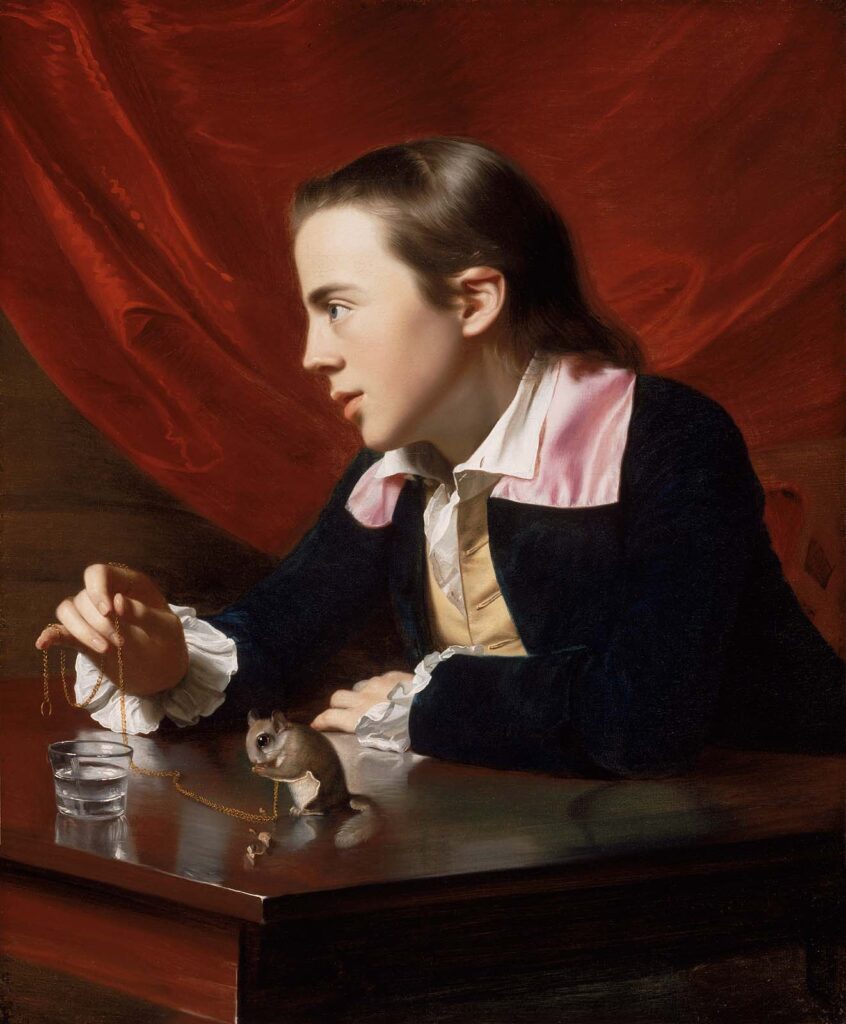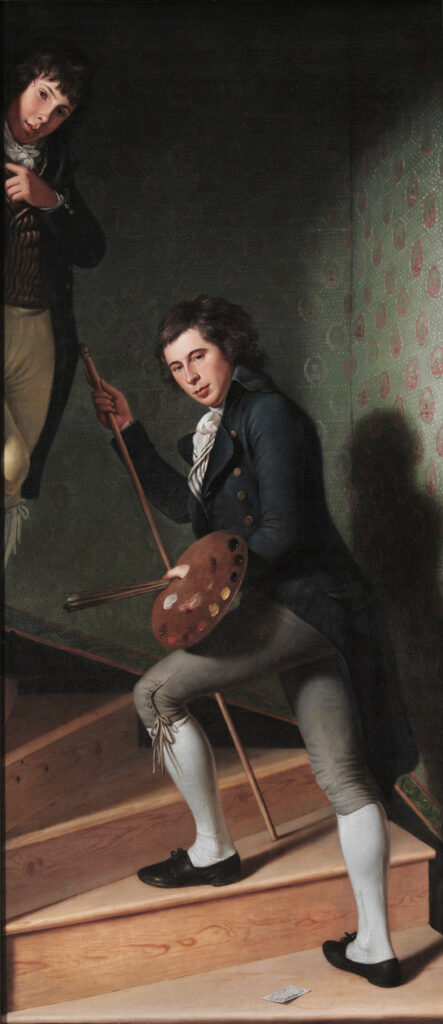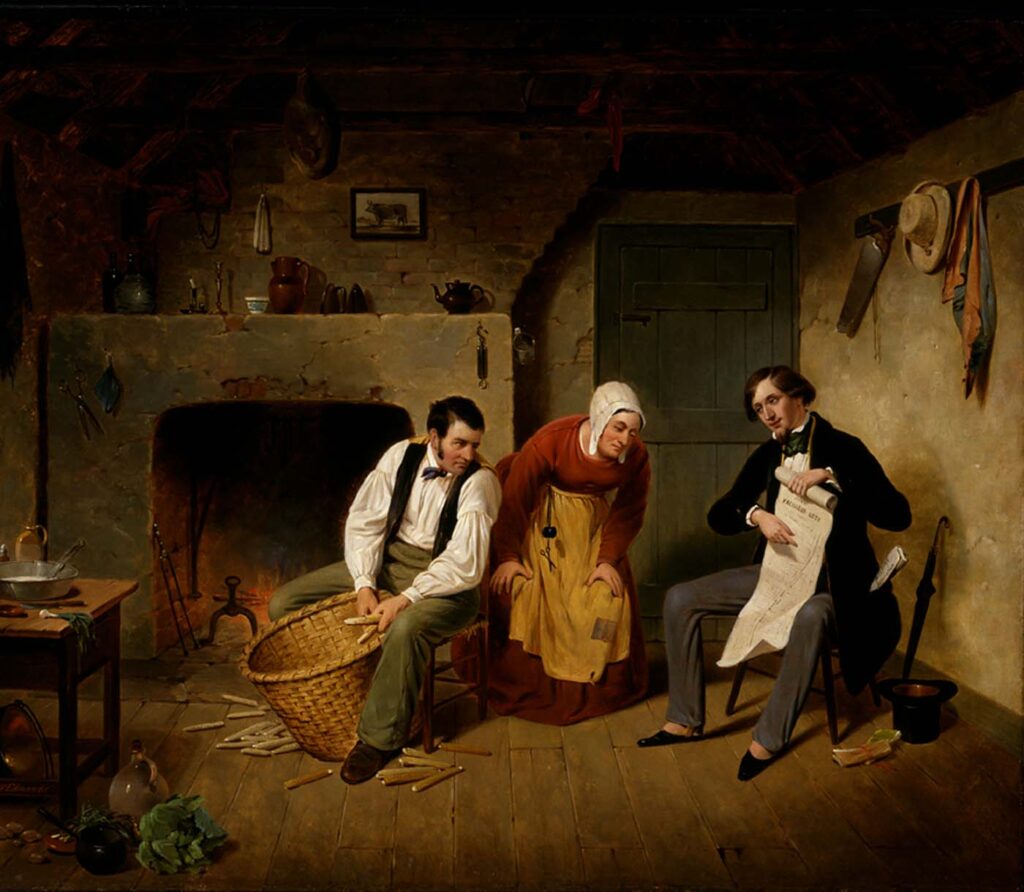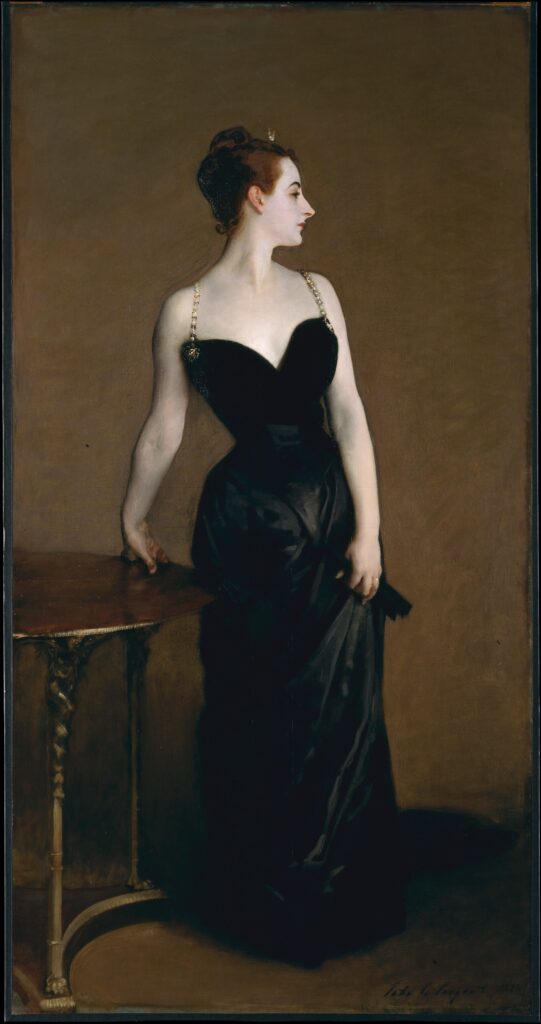Due Week 10
Photographic portion (JPG file) due at midnight the day before your recitation on 3/25 or 3/26
Written portion (Word document) due 3/26 by 5pm
Submit both parts using Dropbox on Sakai
This assignment uses creativity and critical thinking to reimagine a work of art. Drawing on the tradition of the tableau vivant, or living picture, you are asked to reenact a historic American painting. Your goal is to synthesize art-historical knowledge and contemporary experience to produce a re-creation that is not a copy of the original painting, but instead a revitalization that integrates the original artwork’s historical meaning with your own contemporary interpretation.
There are several components to this assignment.
First, choose one of six paintings from the group below. In order to learn about the artwork, you must read a scholarly essay associated with the painting (links provided). Note that you do not need to maintain the same gender or number of figures in your tableau vivant as long as it remains legible as a reinterpretation of the original painting.
Next, create your tableau vivant, as described above, and photograph it. You must feature in your own tableau, and others in your household such as family members or roommates may serve as “extras.” Your photo must be submitted to your TA the day before your recitation so that you can present your work to your classmates.
Finally, write a response paper of 4 to 5 double spaced pages. Your paper should include a discussion of the historical meaning of the artwork based on the scholarly article you read and an explanation of your reinterpretation. What is the historical context for your chosen painting? What was the scholar’s argument about the artwork’s historical meaning? What aspects of the painting’s meaning and context did you maintain in your tableau? Which did you change or update? How do your creative decisions inform your reinterpretation?
John Singleton Copley, Boy with a Squirrel, 1765
Charles Willson Peale, The Staircase Group, 1795
George Caleb Bingham, Trapper’s Return, 1851
Francis W. Edmonds, The Speculator, 1852
John Singer Sargent, Madame X, 1884
Reading: Susan Sidlauskas, “Painting Skin: John Singer Sargent’s ‘Madame X,’” American Art (Autumn 2001)
Thomas Dewing, A Reading, 1897





